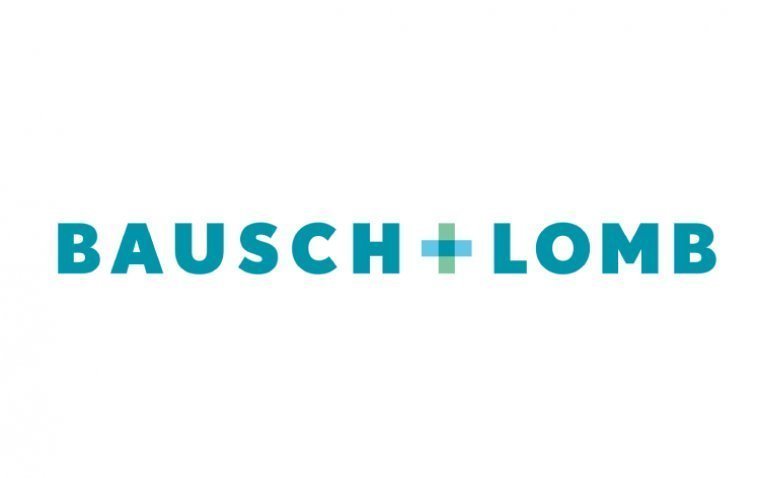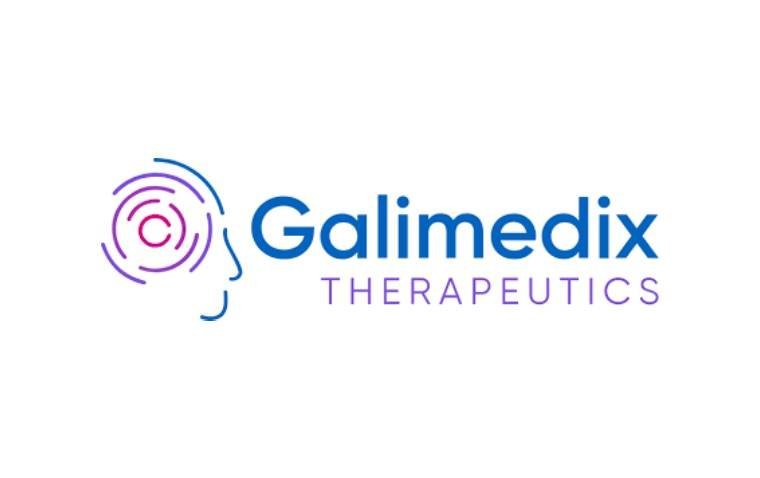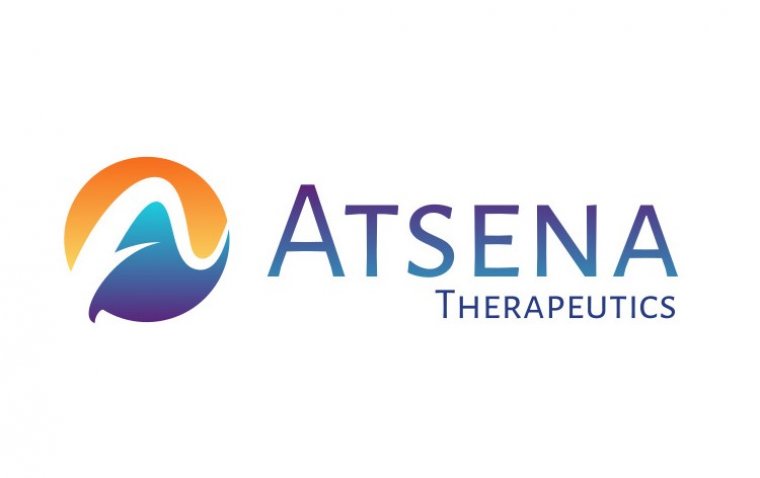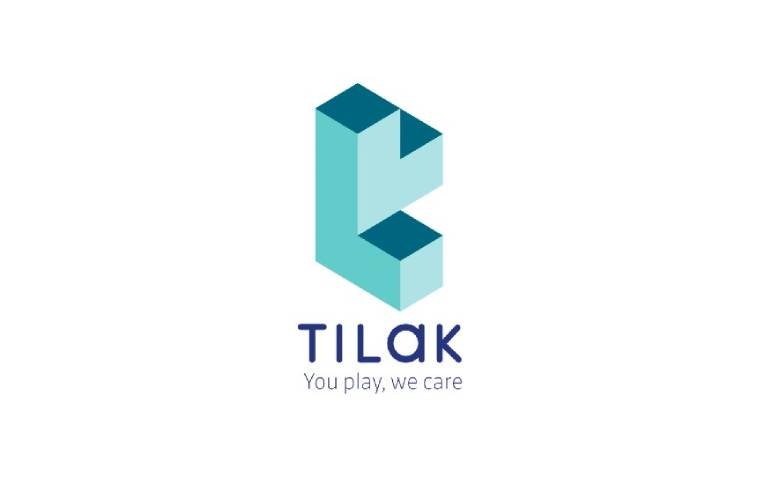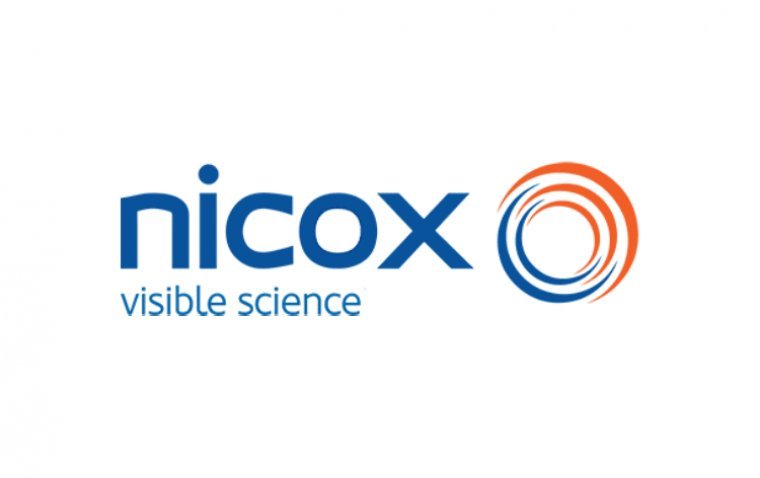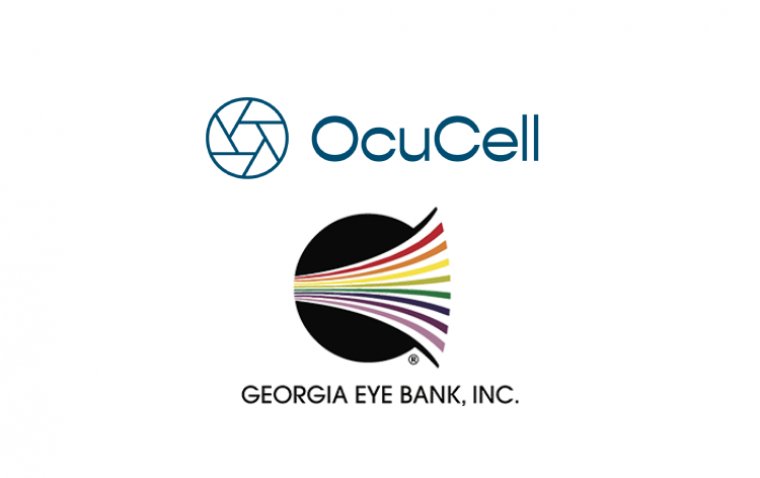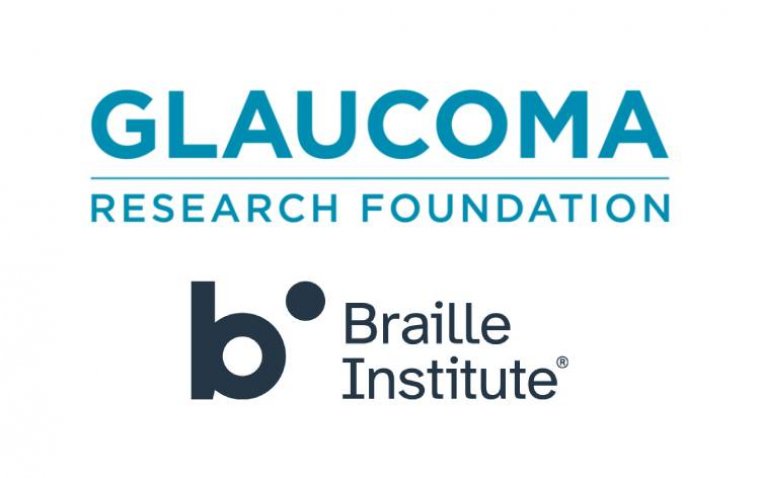
Alkeus Earns Rare Pediatric Disease and Fast Track FDA Designations for Gildeuretinol in Stargardt Disease
Key Takeaways
• Gildeuretinol (ALK-001) has received Rare Pediatric Disease and Fast Track designations, alongside prior Breakthrough Therapy and Orphan Drug statuses, emphasizing its potential to transform treatment for Stargardt disease.
• Data from the TEASE-1 trial showed a 21.6% reduction in retinal lesion growth and stabilized visual acuity in early-stage patients, marking the first efficacy endpoint in a controlled Stargardt disease trial.
• Gildeuretinol targets toxic vitamin A by-products without disrupting the visual cycle, slowing retinal degeneration and preserving vision. Ongoing trials continue to explore its efficacy and safety across all stages of the disease.
Alkeus Pharmaceuticals has announced that the FDA has granted Rare Pediatric Disease and Fast Track designations to its investigational oral therapy, gildeuretinol (ALK-001), for the treatment of Stargardt disease. These designations build on the therapy’s previously awarded Breakthrough Therapy and Orphan Drug designations, reinforcing its potential as a transformative treatment for this vision-robbing condition.
Recognizing the Unmet Need in Stargardt Disease
“Stargardt disease imposes a relentless burden, robbing children and adults of their sight,” said Michel Dahan, President and CEO of Alkeus Pharmaceuticals.
“The FDA’s recognition of gildeuretinol’s potential through these designations underscores the pressing need for an effective treatment. This achievement highlights the life-changing potential of gildeuretinol.”
Promising Results from the TEASE Clinical Program
The FDA’s recognition follows compelling data from Alkeus’ TEASE program, a series of clinical trials evaluating the safety and efficacy of gildeuretinol. Results from the TEASE-1 trial, presented at the 2024 American Academy of Ophthalmology annual meeting, showcased significant benefits for Stargardt disease patients over two years.
Key Findings from TEASE-1
• 21.6% reduction in the growth rate of atrophic retinal lesions compared to untreated patients.
• 29.5% reduction when analyzing non-transformed data.
• Stabilized visual acuity in early-stage patients, as shown in interim results from the TEASE-3 study.
Expert Insights
“TEASE-1 marks the first randomized, controlled trial to show an efficacy endpoint in Stargardt disease,” noted Christine Nichols Kay, MD, of Vitreo Retinal Associates.
“The results highlight the importance of early treatment, as seen in the TEASE-3 data, where early-stage patients treated with gildeuretinol experienced no disease progression.”
FDA Designations and Their Implications
Rare Pediatric Disease Designation
This designation provides eligibility for a Priority Review Voucher (PRV) upon FDA approval, a valuable incentive that could expedite the development of future treatments.
Fast Track Designation
Fast Track status facilitates accelerated FDA review processes, aiming to deliver therapies addressing serious unmet medical needs to patients sooner.
Addressing the Challenges of Stargardt Disease
Stargardt disease affects an estimated 30,000 to 87,000 individuals in the United States and results from defects in the ABCA4 protein. This leads to the accumulation of toxic vitamin A by-products that damage the retina.
Gildeuretinol’s Novel Mechanism
Gildeuretinol is designed to reduce vitamin A dimerization—a key contributor to retinal degeneration—without disrupting the visual cycle. Clinical and preclinical studies have shown that the therapy:
• Significantly slows retinal degeneration.
• Maintains visual function.
Continuing Innovation Through the TEASE Program
Alkeus Pharmaceuticals is advancing gildeuretinol through its ongoing TEASE clinical program, with additional trials underway to confirm its safety and efficacy across various stages of Stargardt disease.
This progress represents a critical step forward in addressing an unmet need for patients and offering hope for preserving vision in those affected by Stargardt disease.
(1).jpg)
